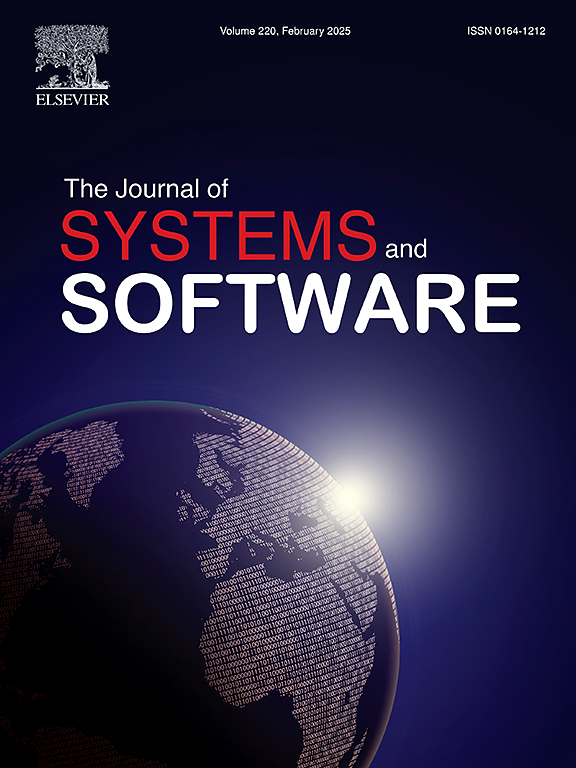基于GitHub活动序列的机器人识别模型和工具
IF 3.7
2区 计算机科学
Q1 COMPUTER SCIENCE, SOFTWARE ENGINEERING
引用次数: 0
摘要
确定GitHub贡献者是否是自动机器人对于协作软件开发实践的实证研究非常重要。过去已经提出了多种这样的机器人识别方法。在本文中,我们确定了这些方法的局限性,并提出了一个新的二元分类模型,称为BIMBAS,以克服这些局限性。为此,我们在GitHub上提出了一个包含1035个机器人和1115个人类的新的ground-truth数据集。我们训练BIMBAS从这些GitHub贡献者的活动序列中提取的广泛特征。我们表明,BIMBAS的性能(在精度、召回率、F1分数和AUC方面)与最先进的机器人识别方法相当,同时能够识别参与更广泛活动类型的机器人。我们实现了基于BIMBAS的开源命令行bot识别工具RABBIT。我们将展示其大规模使用的能力,并展示其效率优于最先进的技术。本文章由计算机程序翻译,如有差异,请以英文原文为准。
A bot identification model and tool based on GitHub activity sequences
Identifying whether GitHub contributors are automated bots is important for empirical research on collaborative software development practices. Multiple such bot identification approaches have been proposed in the past. In this article, we identify the limitations of these approaches and we propose a new binary classification model, called BIMBAS, to overcome these limitations. To do so, we propose a new ground-truth dataset containing 1035 bots and 1115 humans on GitHub. We train BIMBAS on a wide range of features extracted from the activity sequences of these GitHub contributors. We show that the performance of BIMBAS (in terms of precision, recall, F1 score and AUC) is comparable to state-of-the-art bot identification approaches, while being able to identify bots engaged in a wider range of activity types. We implement RABBIT, an open-source command-line bot identification tool based on BIMBAS. We demonstrate its ability to be used at scale, and show that its efficiency outperforms the state-of-the-art.
求助全文
通过发布文献求助,成功后即可免费获取论文全文。
去求助
来源期刊

Journal of Systems and Software
工程技术-计算机:理论方法
CiteScore
8.60
自引率
5.70%
发文量
193
审稿时长
16 weeks
期刊介绍:
The Journal of Systems and Software publishes papers covering all aspects of software engineering and related hardware-software-systems issues. All articles should include a validation of the idea presented, e.g. through case studies, experiments, or systematic comparisons with other approaches already in practice. Topics of interest include, but are not limited to:
•Methods and tools for, and empirical studies on, software requirements, design, architecture, verification and validation, maintenance and evolution
•Agile, model-driven, service-oriented, open source and global software development
•Approaches for mobile, multiprocessing, real-time, distributed, cloud-based, dependable and virtualized systems
•Human factors and management concerns of software development
•Data management and big data issues of software systems
•Metrics and evaluation, data mining of software development resources
•Business and economic aspects of software development processes
The journal welcomes state-of-the-art surveys and reports of practical experience for all of these topics.
 求助内容:
求助内容: 应助结果提醒方式:
应助结果提醒方式:


